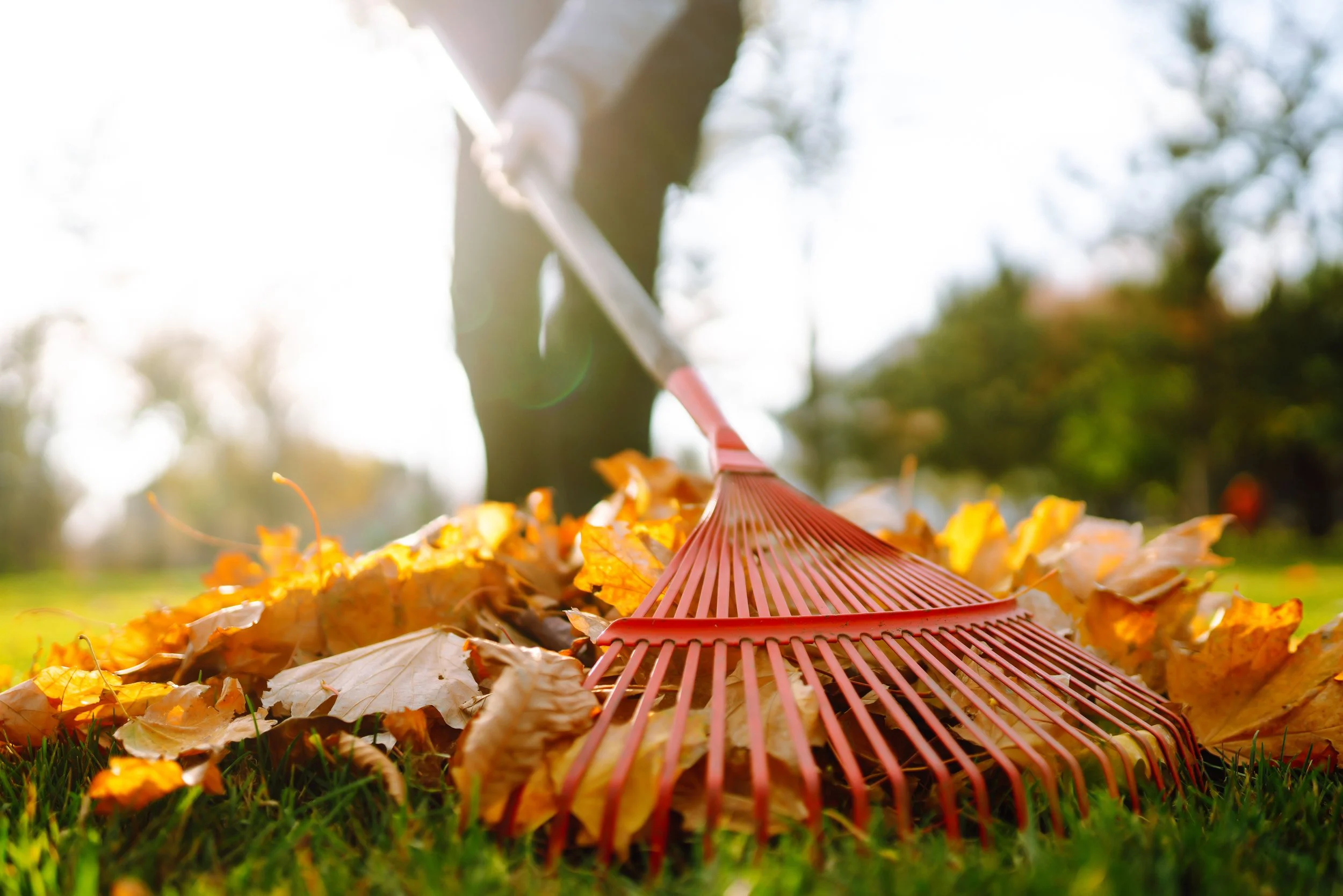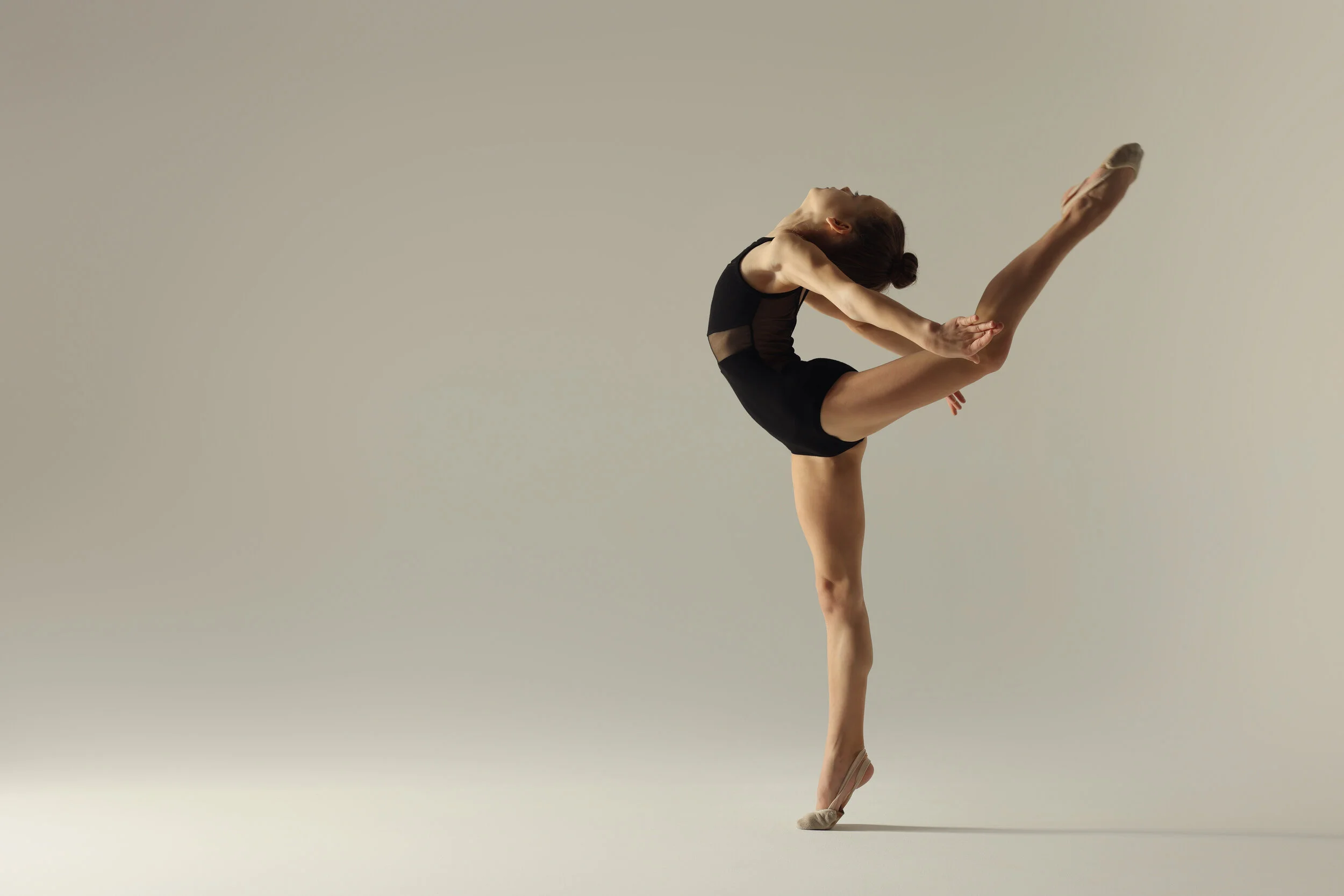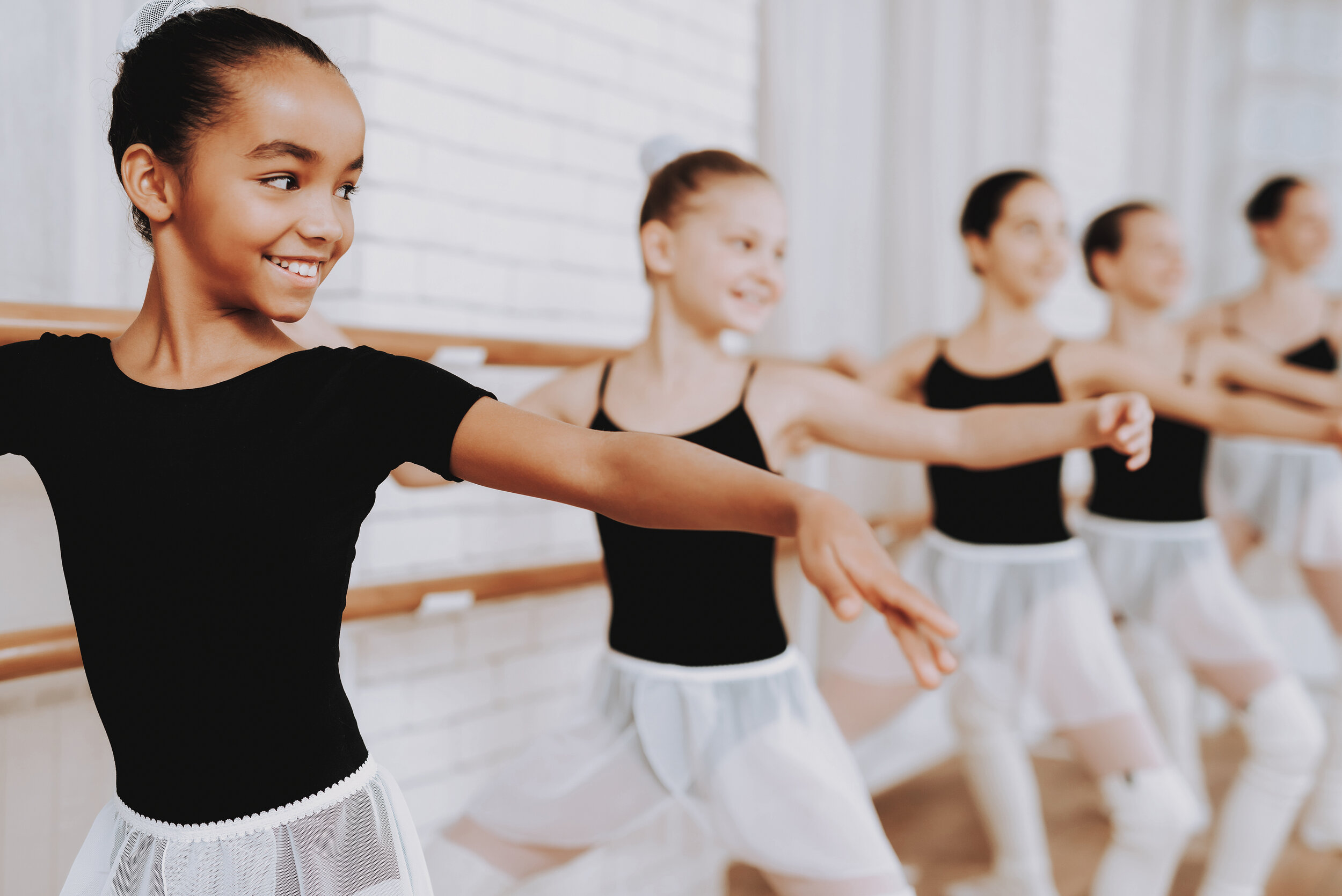If you're a runner, you may have heard of the Female Athlete Triad, a term once used to describe a combination of low energy availability, menstrual dysfunction, and bone health issues. However, our understanding of these conditions has evolved, giving rise to a broader concept: Relative Energy Deficiency in Sport (RED-S). This condition is not just for elite female athletes; it affects athletes of all levels and genders. Let’s break down what RED-S is, why it's important, and how you can protect yourself as a runner.
Shin Splints in Youth Football
Shin splints are characterized by pain along the inner edge of the shinbone (tibia). This condition occurs when muscles, tendons, and bone tissue around the tibia become overworked. Shin splints are common in athletes who engage in activities with a lot of running and jumping, particularly when the body is not yet accustomed to the intensity of the activity.
Spondylolysis Injuries
Gymnastics is one of the most popular sports to watch in the summer Olympics. As a sport, it has been around since ancient times. It was introduced to the United States in the 1830's. There are now over 3,500 gymnastics clubs. Ten levels exist beginning with level 1. Competition begins in levels 2 and 3 at a very young age. The developmental levels range from 1-3, compulsary levels are 4 and 5 and then optional levels are 6-10, where the gymnast is no longer doing compulsary routines, according to Dr. Monique Burton, MD with Seattle Children's Hospital. Although there are seven different disciplines in gymnastics, artistic gymnastics is the form that is familiar to most people. The four events for females include uneven parallel bars, beam, vault and floor exercise. The events for males include floor exercise, pommel horse, still rings, vault and parallel bars.
Spondylolysis and Spondylolisthesis
Spondylolysis is estimated to occur as much as 25-60% in athletic populations The most common age group for occurrence is 11-18 years old, with higher likelihoods of injury occurring during puberty and growth spurts. Adolescents today typically play multiple sports throughout the year, often overlapping with minimal to no rest between seasons. Sports involving high impact and spine loading, as well as trunk rotation and extension, have a higher incidence of spondylolysis. Research shows football, gymnastics, power lifting, diving, baseball, softball, hockey, basketball, and soccer tend to have an increased risk for this injury……
En Pointe?
Many young ballet dancers dream of one day performing on stage. One of the essential elements of becoming an accomplished ballerina is that of being en pointe. Not every ballet dancer reaches the level of dancing en pointe, but many do. Questions regarding "When is pointe work safe?" and "What needs to be considered before beginning pointe work?" are commonly asked.
In general, ballet dancers should not begin pointe work until around the age of 12. Age alone is not the only determining factor as many other markers need to be met. There is a level of physiological maturity that needs to occur. Development can vary. In general, a young dancer who is in a pre-professional track with a ballet school will be groomed from the age of 8 or 9. There is a specific curriculum addressing flexibility and strength with appropriate progression. Proper technique instruction involving placement and pelvic alignment is taught in these classes. Usually, after 4 years of specific training and the addition of ballet classes to 3-4X/week, a young dancer will meet the criteria to begin rising onto her toes more safely….










